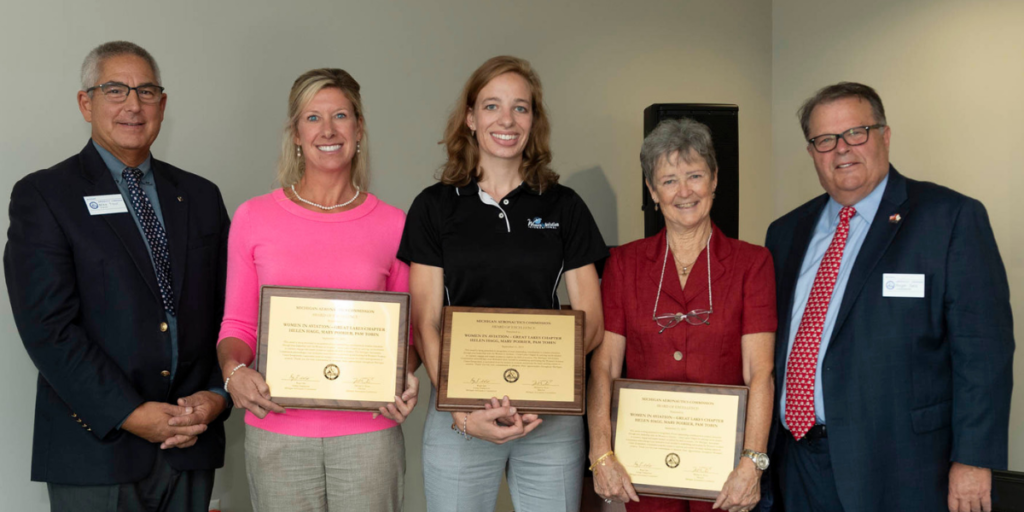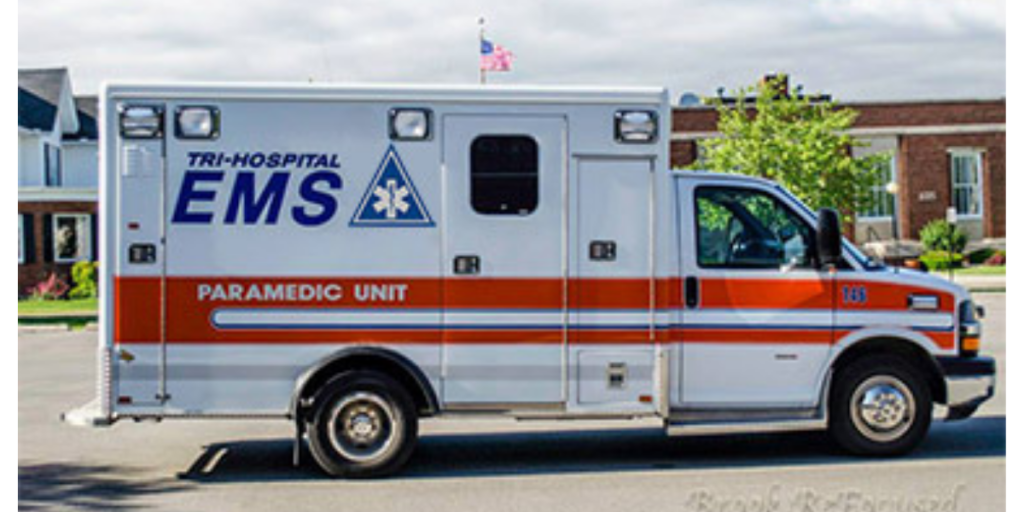Airport Runway Improvements Will Benefit Local Economy
A ribbon-cutting was held recently at the St. Clair County International Airport after a major renovation was completed on the main runway. The re-opening of the airport runway will result in economic benefits across the area. Airport Director Kathy Reaume said that on a daily basis you will see many different groups and organizations use the airport. St. Clair County Administrator Karry Hepting said it has been estimated by Michigan Department of Transportation officials that the airport has a $60 million dollar impact on the local economy and supports over 600 jobs. The cost of improvements at the airport was $4.2 million dollars. Of that, Hepting said $212,000 was the county’s share, and the rest of the funds were federal and state grants. She went on to say that with the upgrades the airport is in much better condition, and it will continue to support our local economy.






